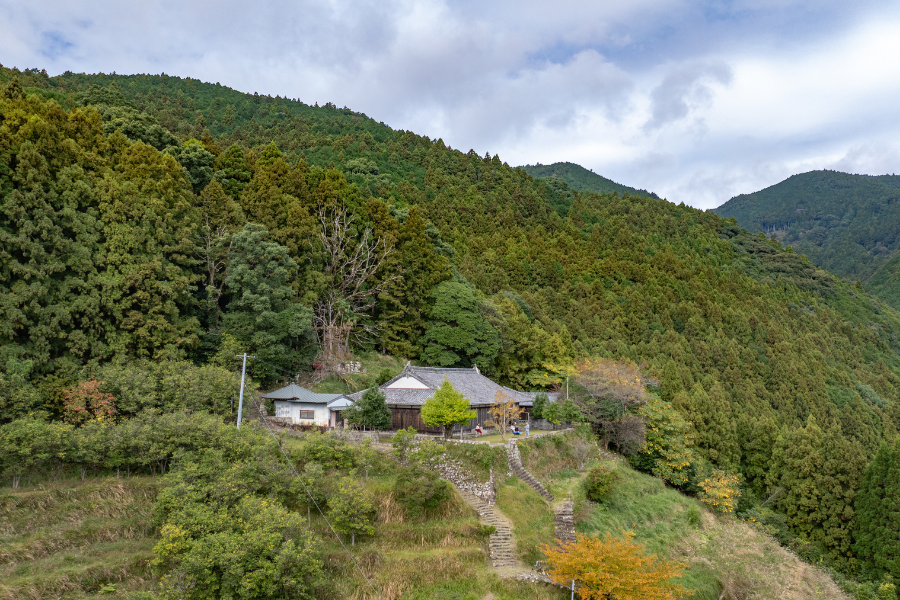Over the past several decades, Japan has undergone a remarkable transformation in its approach to inbound tourism. Once a relatively secluded destination, Japan is now one of the most attractive travel spots globally. This evolution reflects broader changes in policy, infrastructure, and cultural diplomacy. Japan’s journey to becoming a tourism powerhouse is a story of strategic vision, branding, and resilience.
The Rise of Inbound Tourism
In the 1960s and 70s, inbound tourism to Japan was modest. The country’s post-war economic boom focused on manufacturing and export, with little attention paid to travel and hospitality. By the 1980s, the potential of tourism as a soft power tool was slowly recognized. However, major change came in 2003 with the launch of the Visit Japan Campaign, a government-led initiative aimed at doubling tourist numbers by 2010.
This campaign introduced multilingual support, improved infrastructure, and promoted Japan’s cultural appeal to global audiences. It marked the beginning of a new, more open tourism era for the country.

Tourism as Economic and Cultural Strategy
Tourism took on a more strategic role after the 2008 global financial crisis and the 2011 Great East Japan Earthquake. The government set an ambitious goal: 20 million visitors by 2020. Visa rules were relaxed, especially for Asian neighbors, and investments were made in transportation, accommodation, and digital platforms.
Simultaneously, Japan’s soft power grew through anime, food, and heritage sites. Cultural promotion became a core strategy. By 2019, Japan welcomed 31.9 million international visitors, more than tripling the numbers from a decade prior (JNTO, 2020). Tourism contributed significantly to regional revitalization and international engagement.

The Pandemic and Its Aftermath
The COVID-19 pandemic abruptly halted this growth. Borders were closed, and inbound travel was suspended for nearly two years. While the industry suffered, this pause also allowed time to rethink tourism models. Concerns over overtourism in cities like Kyoto and rising environmental impact led to new focus areas: rural destinations, sustainability, and meaningful travel experiences.
Japan reopened to international visitors in late 2022 and has since seen a strong rebound. As of May 2025, the country welcomed 3,693,300 international visitors, marking a +21.5% increase compared to previous periods (JNTO, 2025). This signals not only recovery but growing interest in Japan as a travel destination in a post-pandemic world.
Looking Forward
Japan is now reshaping its tourism goals around quality, sustainability, and connection. The government promotes lesser-known regions, heritage properties, and off-the-beaten-path experiences. Initiatives also support inclusive travel and local community involvement.
Inbound tourism today is about more than just numbers. It reflects Japan’s evolving identity and commitment to building bridges between cultures. With rural revitalization, cultural immersion, and innovation at its core, Japan continues to redefine what a world-class travel experience looks like.

References
- Japan National Tourism Organization. (2020). Statistical data: Monthly/annual reports on tourism trends. Retrieved from https://www.jnto.go.jp/eng/ttp/sta/index.html
- Ministry of Land, Infrastructure, Transport and Tourism. (2023). White Paper on Land, Infrastructure, Transport and Tourism in Japan. Retrieved from https://www.mlit.go.jp/en/statistics/index.html
- The Guardian. (2023, May 1). Japan has millions of empty homes. Retrieved from https://www.theguardian.com/world/2024/may/01/akyia-houses-why-japan-has-nine-million-empty-homes
- Japan Tourism Agency. (2021). Towards Sustainable Tourism. Retrieved from https://www.mlit.go.jp/kankocho/en/
- Richards, G. (2018). Cultural tourism: A review of recent research and trends. Journal of Hospitality and Tourism Management, 36, 12–21. https://doi.org/10.1016/j.jhtm.2018.03.005
- Tanaka, K. (2022). Recovery and transformation of Japan’s tourism sector after COVID-19. Asia Pacific Journal of Tourism Research, 27(5), 420–435. https://doi.org/10.1080/10941665.2022.2049731